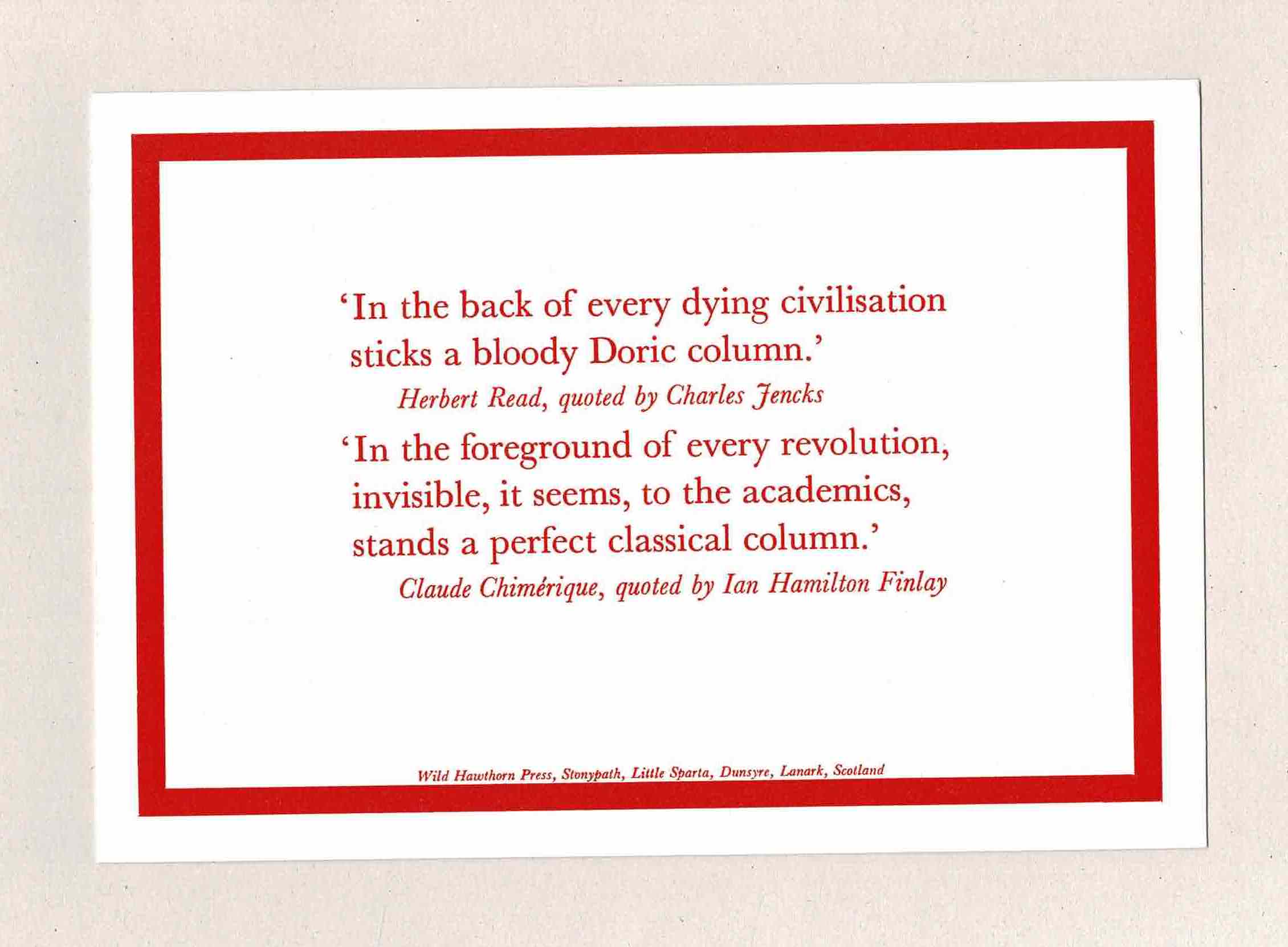Building as Drawing: The Cowshed (2021) at Shatwell Farm
This film is part of series of posts of selected papers from the study symposium at Shatwell Farm, hosted by Drawing Matter and convened by KU Leuven and TU Delft on 27 and 28 April 2023. More about the symposium, and other films and written papers, can be found here.
Abstract
I propose to begin with a specific building as a living drawing, attracted to it initially for its formalisation of an idea of the vernacular, a vernacular particular to Shatwell Farm as a rural home to Drawing Matter and its collection. The talk takes as a theoretical starting point the concept of the doric as explored by Demitri Porphyrios in his essay ‘Reversible Faces’ (1977) and is influenced by Martin Bressani’s chapter ‘The Paestum Controversy’ in Henri Labrouste (2013). The building—the cowshed designed by Stephen Taylor Architects and constructed in 2012—is approached not through the (architectural) drawings that described its construction, that precede it, but rather using drawings (texts, photographs, etc.) that came after it, in dialogue.
The Drawing Matter collection spills out from the drawing chests in the archive room in that it includes a series of built and unbuilt commissions made for a landscape that is cultural, both conceptually and physically. The cowshed in this setting resonates with potential situations: social and learning opportunities, scenes of negotiation and interpretation. In this sense it is like an architectural drawing; it is the groundwork for something else.
A selection of these other things will be discussed in relation to the framework implied above: Porphyrios, where the doric moment is understood as an oscillating moment between vernacular and classical, speech (as the vernacular) and text (as the formalised). Analogies include medieval translations from the Latin into the vernacular that used musical notation to create rhythm, to punctuate, as a new written language was created. Interpretive glosses in the margins of texts, defining words for the first time, were didactic tools similar in interpretation to design studio briefs. With Bressani, it is the relationship between object, representation, and the production of knowledge that his text explores that is relevant here.
About
Helen Thomas worked for four years at the Victoria & Albert Museum to develop an interpretation strategy for the then, in 2003, newly united RIBA+V&A Architectural Drawings collections. Subsequently, she has been involved in the interpretation of architectural drawing through her collaboration with Drawing Matter, and in several publications, including Drawing Architecture, Architecture Through Drawing (with Desley Luscombe and Niall Hobhouse); and in essays on the drawings of Marie-José Van Hee, Petra Blaisse, and Stan Allen.


– Rebecca Williamson